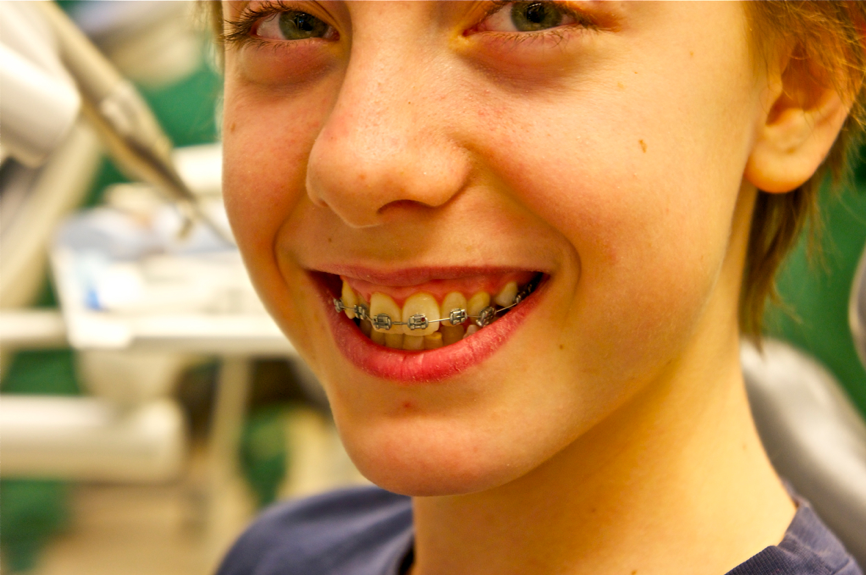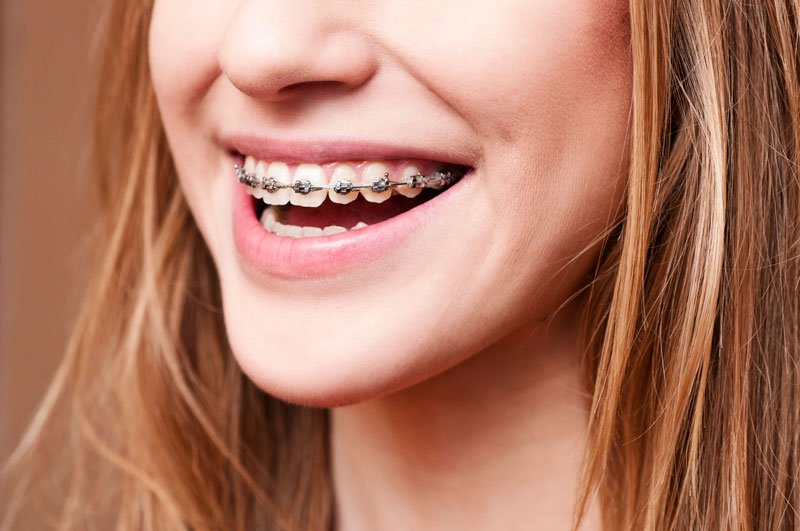Comprehensive Overview to Orthodontics Procedures for Dealing With Dental Misalignments
Comprehending the complexities of each procedure, including their devices, advantages, and prospective drawbacks, is vital in making notified decisions regarding one's orthodontic therapy. As we navigate via the detailed guide to orthodontic procedures for correcting dental imbalances, the detailed details of each technique will unravel, dropping light on the path toward a practical and harmonious oral placement.
Orthodontic Procedures Summary

In enhancement to clear aligners and traditional braces, orthodontists may also recommend other treatments like headgear, palatal expanders, or retainers to resolve certain placement issues (cumming invisalign). These procedures are tailored to every individual's distinct requirements and might include a combination of therapies to accomplish the desired outcomes. Normal modifications and monitoring are vital parts of orthodontic treatment to guarantee progression gets on track and to make any necessary adjustments along the method. By undertaking orthodontic treatments, people can not only achieve a straighter smile but additionally improve their total oral health and wellness and feature.
Standard Braces: Just How They Function
When thinking about orthodontic therapies for oral misalignments, standard braces stick out as a time-tested method for correcting teeth placing. Conventional braces are composed of brackets, wires, and bands that collaborate to use constant stress on the teeth, slowly moving them right into the wanted placement. The braces are connected to the teeth making use of an unique adhesive, and the wires are threaded with the brackets. By readjusting the tension of the cords, orthodontists can regulate the direction and force related to each tooth, leading them into proper placement over time.
One key element of just how conventional braces work is the procedure of bone remodeling. As pressure is put on the teeth via the dental braces, the bone bordering the teeth is reshaped to sustain the brand-new tooth placements. This makeover is necessary for the long-lasting security of the remedied placement. Patients will require normal changes at the orthodontist's workplace to guarantee the braces continue to apply the appropriate stress for reliable teeth activity.
Undetectable Aligners: Benefits And Drawbacks
These clear, custom-made trays are virtually unnoticeable when put on, making them an enticing choice for people seeking a much more aesthetically pleasing orthodontic therapy. Clients can remove the aligners before eating or brushing their teeth, reducing the risk of food obtaining stuck in the device and streamlining the cleaning process.

Surgical Orthodontic Options
Surgical treatments in orthodontics present sensible alternatives for addressing complex dental misalignments that may not be effectively settled with standard orthodontic therapies. While undetectable aligners and typical dental braces can fix lots of orthodontic issues, particular instances call for medical intervention to achieve ideal results. Surgical orthodontic alternatives are typically suggested for extreme malocclusions, significant jaw discrepancies, and cases where the underlying bone framework requires adjustment to accomplish proper alignment.
One typical medical orthodontic treatment is orthognathic surgery, which involves rearranging the jaws Continued to fix useful concerns such as difficulty speaking or eating. This surgical treatment is often executed in collaboration with an orthodontist who assists line up the teeth prior to and after the treatment. Surgical orthodontics might also entail procedures to expose impacted teeth, remove excess periodontal tissue, or reshape the jawbone to develop a much more harmonious face profile.
Before thinking about medical orthodontic choices, individuals undertake a comprehensive examination to identify the need and prospective benefits of such treatments. aligners. While surgical treatment may seem overwhelming, it can dramatically improve both the function and visual appeals of the smile in situations where conventional orthodontic treatments fail
Retainers and Post-Treatment Treatment

Failure to comply with post-treatment care guidelines can result in relapse, where the teeth gradually relocate back towards their original settings. Consistent retainer wear, excellent oral health, and routine dental exams are necessary for keeping the outcomes achieved via orthodontic surgical treatment and guaranteeing the long-lasting stability of the remedied oral positioning.
Conclusion
In conclusion, orthodontic treatments offer different alternatives for fixing oral imbalances. Surgical orthodontic choices are available for a lot more extreme misalignments. Generally, orthodontic treatments can efficiently boost oral health and visual appearance.
As we navigate via the comprehensive guide to visit this website orthodontic treatments for correcting dental imbalances, the elaborate information of each technique will certainly unravel, shedding light on the path toward a unified and functional dental placement. - braces
One of the most typical orthodontic Get the facts therapies is the usage of dental braces, which are composed of steel braces and wires that use mild stress to gradually shift teeth into the desired setting.When thinking about orthodontic therapies for dental imbalances, typical dental braces stand out as a time-tested method for correcting teeth positioning. Additionally, unnoticeable aligners might not be ideal for complex orthodontic issues that require even more substantial teeth activity, as they are generally suggested for mild to moderate cases. Retainers are customized orthodontic devices developed to hold teeth in their corrected positions after the conclusion of orthodontic treatment.